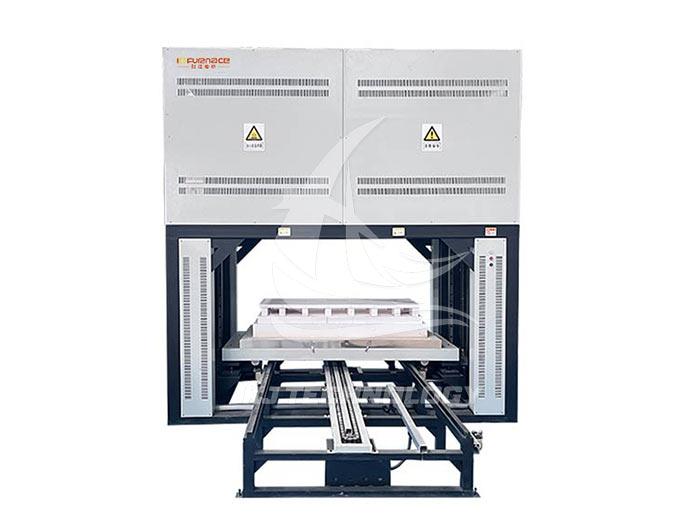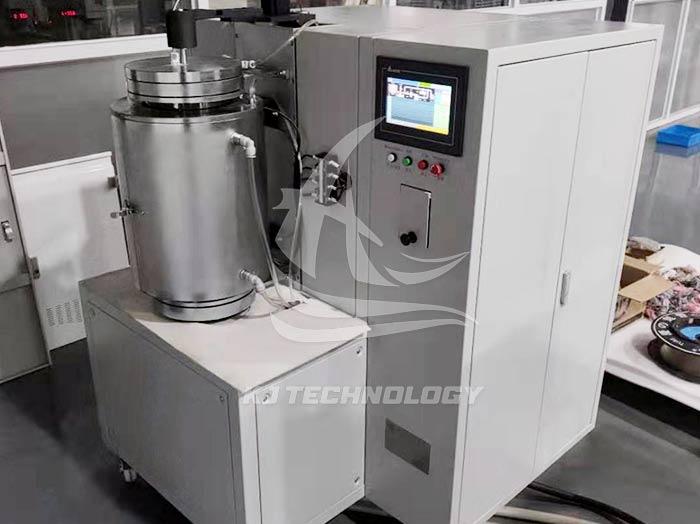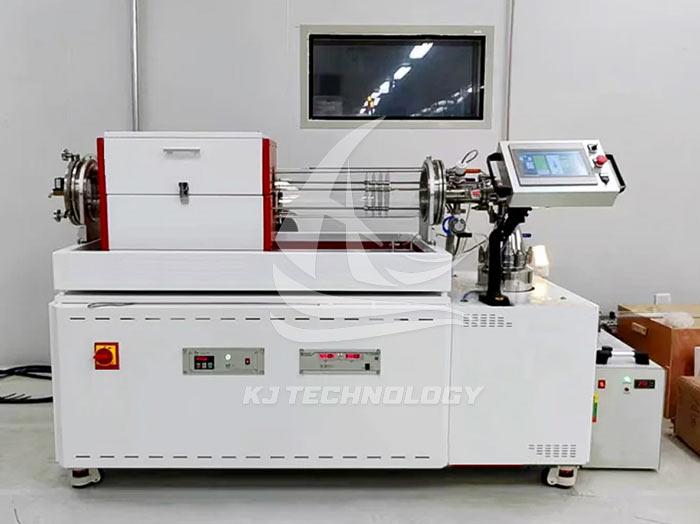Application of High Vacuum Furnace in Metal Manufacturing Industry
 07-25-2025 Author: KJ technology
07-25-2025 Author: KJ technology
High vacuum furnaces are widely and crucially used in the metal manufacturing industry. By creating a high vacuum environment, they effectively avoid oxidation and pollution of metal materials during high-temperature processing, thereby significantly improving material performance and product quality. The following is an analysis of specific application scenarios and advantages:
1. Core application scenarios
High quality steel products heat treatment
Stainless steel products, such as plumbing equipment, bearings, cutting tools, etc., can eliminate internal stress, improve crystal structure, make the surface bright without oxide layer, enhance corrosion resistance and mechanical properties through vacuum annealing. For example, the fatigue life of stainless steel bearings after vacuum annealing treatment can be increased by more than three times.
Special alloys, such as titanium alloys, nickel based alloys, etc., can suppress reactions with oxygen and nitrogen at high temperatures in a vacuum environment, avoid the formation of brittle phases, ensure the high strength and toughness of materials, and are widely used in key components such as aerospace engine blades and turbine disks.
Precision parts manufacturing
High speed cutting tools: Vacuum quenching can achieve uniform heating and cooling, reduce deformation and cracks, make the tool hardness reach HRC60-65, and improve cutting efficiency by more than 50%.
Mold steel: Through vacuum solution treatment and aging treatment, the grain size is refined, carbide segregation is eliminated, and the wear resistance and service life of the mold are significantly improved.
Melting and Casting of Precious Metals
Gold, silver, copper and other alloys: The vacuum alloy furnace adopts a double-layer water-cooled vacuum chamber and a two-stage vacuum system, which can achieve a maximum vacuum degree of 6.67 × 10 ⁻ ³ Pa, effectively removing gases and impurities in the metal, and improving the density and purity of the ingot. For example, gold bonding wires produced by vacuum casting have a 20% increase in conductivity and no oxide layer on the surface, making them suitable for direct use in semiconductor packaging.
Precision component welding: Vacuum environment can avoid the generation of oxides during the welding process, achieve non oxidative bonding, and improve welding strength and reliability. For example, vacuum brazed aircraft engine heat exchangers have a leakage rate of less than 0.01% and a service life that is three times longer than traditional processes.
High temperature alloys and processing of refractory metals
Nickel based high-temperature alloy: The vacuum melting furnace can melt at a high temperature of 2400 ℃ through intermediate frequency induction heating technology, and is equipped with secondary feeders and sampling devices to achieve multi formula research and real-time detection, meeting the manufacturing needs of high-end components such as aviation engine turbine blades.
Tungsten, molybdenum and other refractory metals: Vacuum environment can suppress volatilization loss. High purity single crystal materials can be prepared through electron beam melting or arc melting technology for manufacturing high-power density electronic devices and nuclear reactor components.
2. Technological advantages and industry value
Improve material performance
The vacuum environment can eliminate oxide layers and pollutants, achieve a surface finish of Ra0.2 μ m or less on the metal, reduce friction losses, and improve equipment operating efficiency.
By precise temperature control (± 1 ℃) and uniform heating, the grain size can be refined to the micrometer level, significantly improving the strength, hardness, and toughness of the material.
lower production cost
Vacuum treatment can reduce the oxidation loss of metal materials, increase the yield by about 15%, and reduce subsequent cleaning and machining costs.
For example, stainless steel bearings treated with vacuum annealing do not require sandblasting or shot blasting, and can directly enter the assembly process, reducing the production cycle by 30%.
Meet high-end manufacturing needs
In the aerospace field, high-temperature alloy components treated with vacuum can withstand temperatures above 1500 ℃, meeting the extreme working conditions requirements of engines.
In the medical field, titanium alloy joint replacement parts processed by vacuum furnaces maintain cleanliness even at the microscopic level, significantly improve biocompatibility, and extend their service life to over 20 years.
3. Typical case
Manufacturing of turbine blades for aircraft engines
Adopting a vacuum directional solidification melting furnace, directional crystal growth of materials is achieved through high-temperature melting and vacuum environment control, eliminating transverse grain boundaries and improving creep resistance. The processed turbine blades can withstand stress of over 1000MPa at a high temperature of 1200 ℃, meeting the long-term operational requirements of aviation engines.
Semiconductor bonding wire production
The vacuum alloy furnace can process precious metals such as gold and silver and their alloys, and achieve continuous casting of various material forms such as round bars and square bars through precise temperature control (± 1 ℃) and multiple safety protection functions. The diameter error of the produced bonding wire is less than 0.5 μ m, and the conductivity is improved by 20%. It is widely used in the field of integrated circuit packaging.








